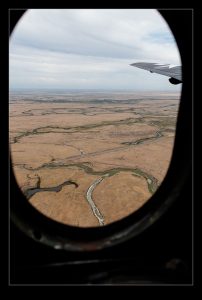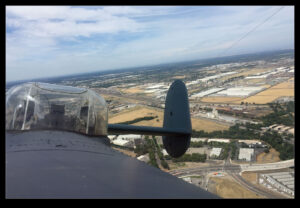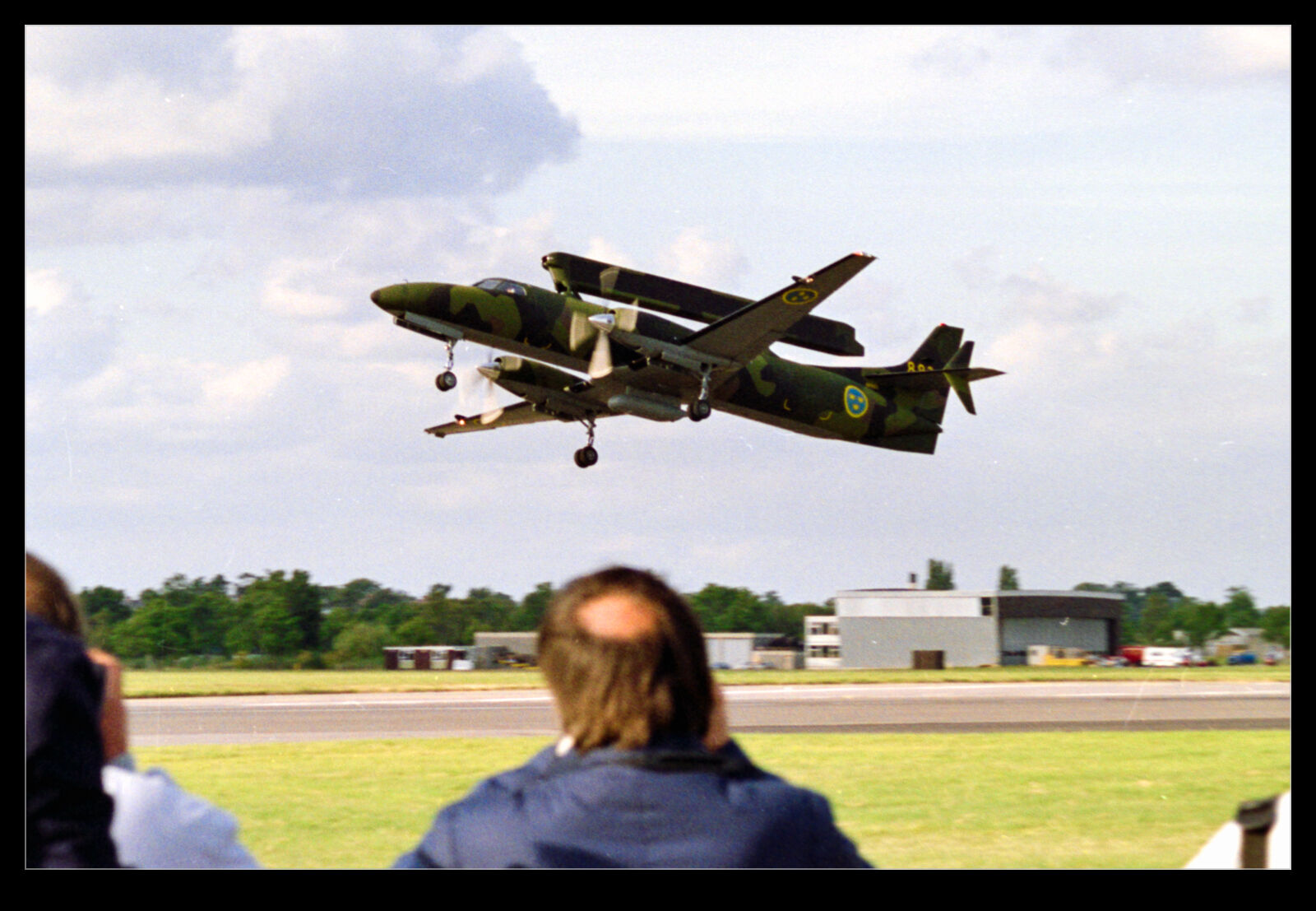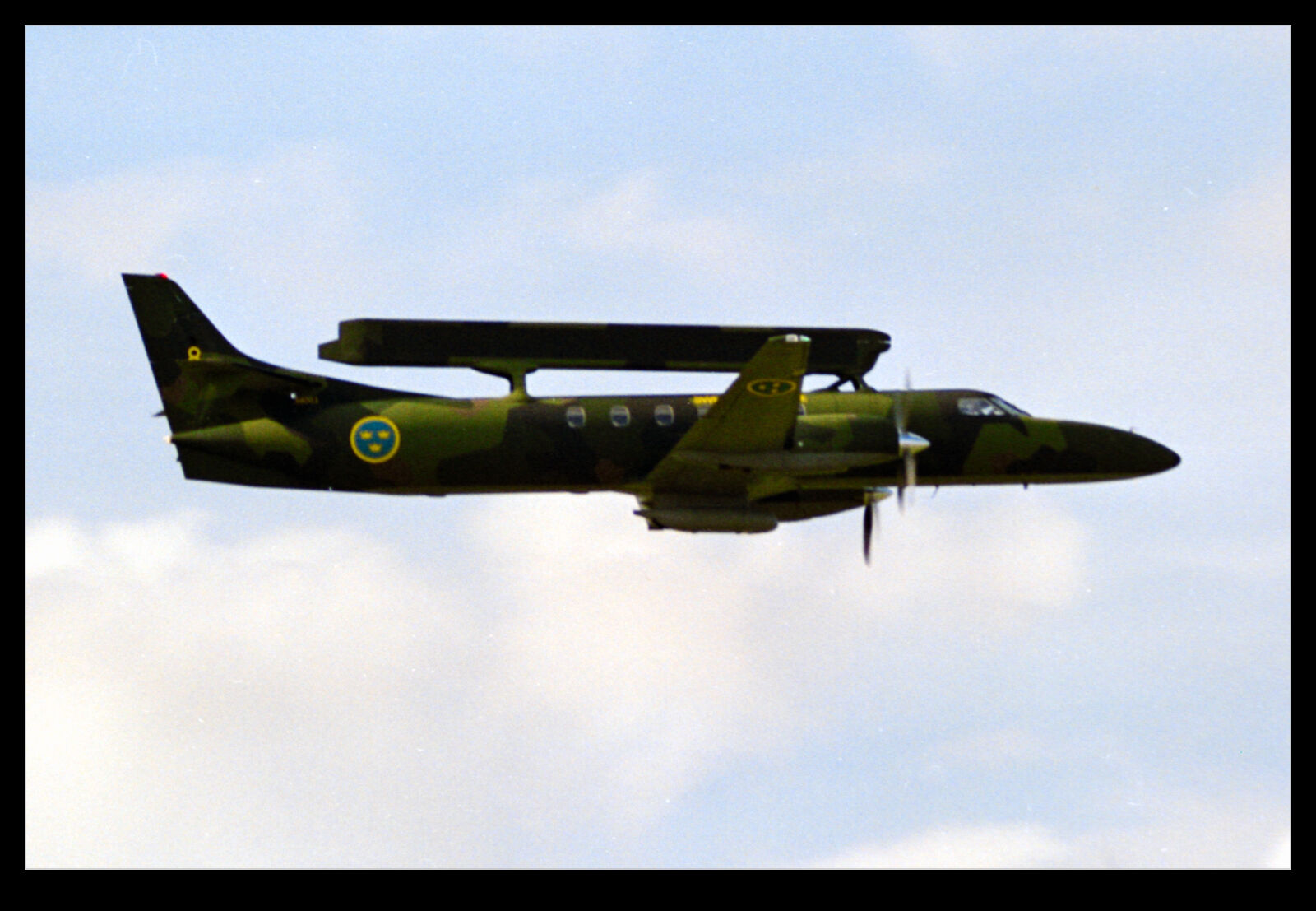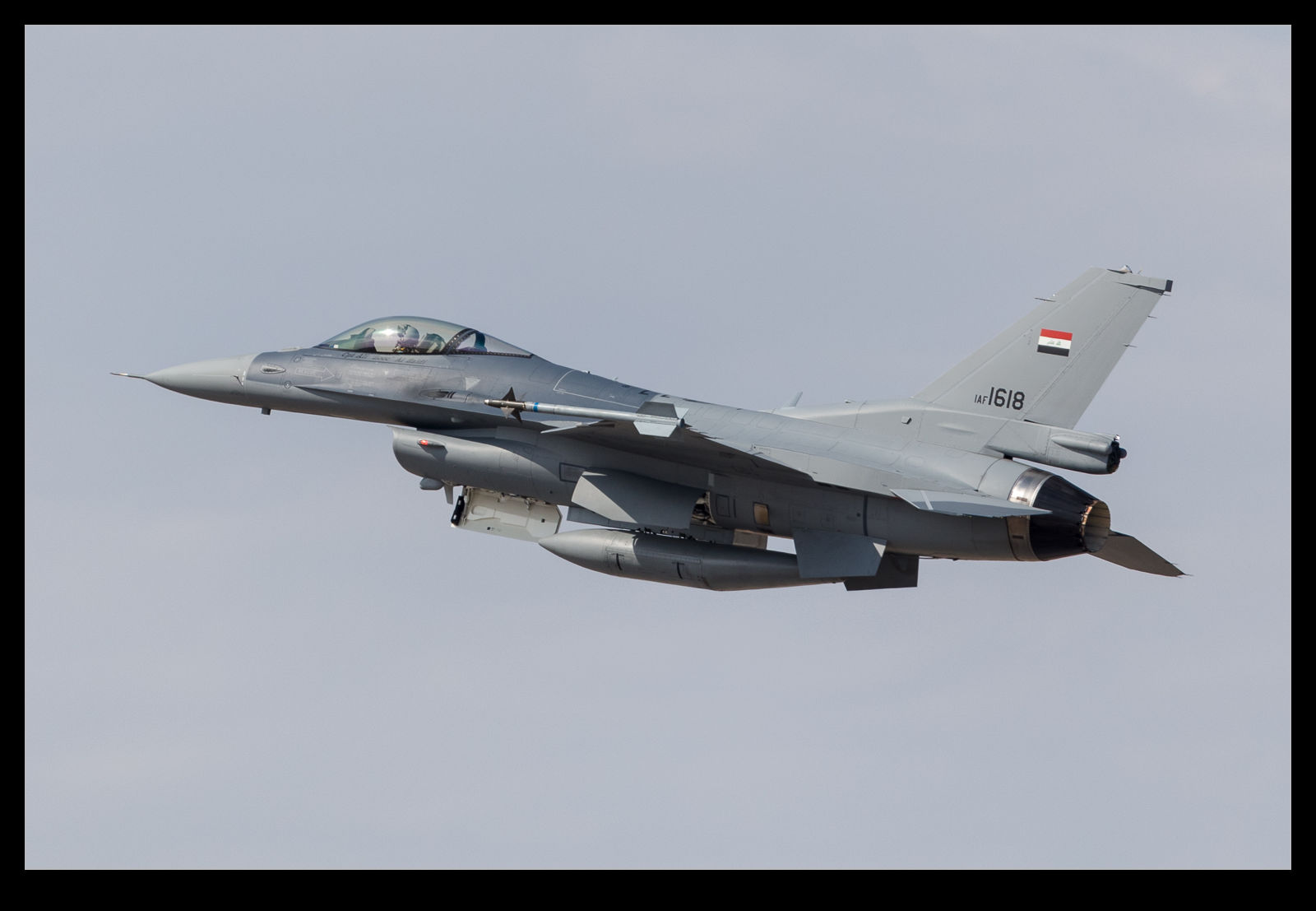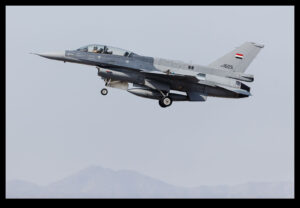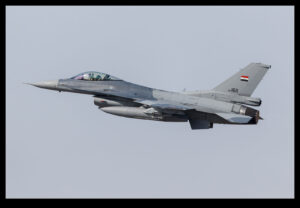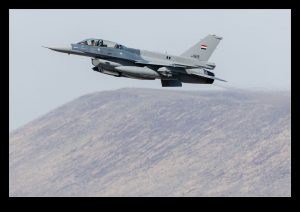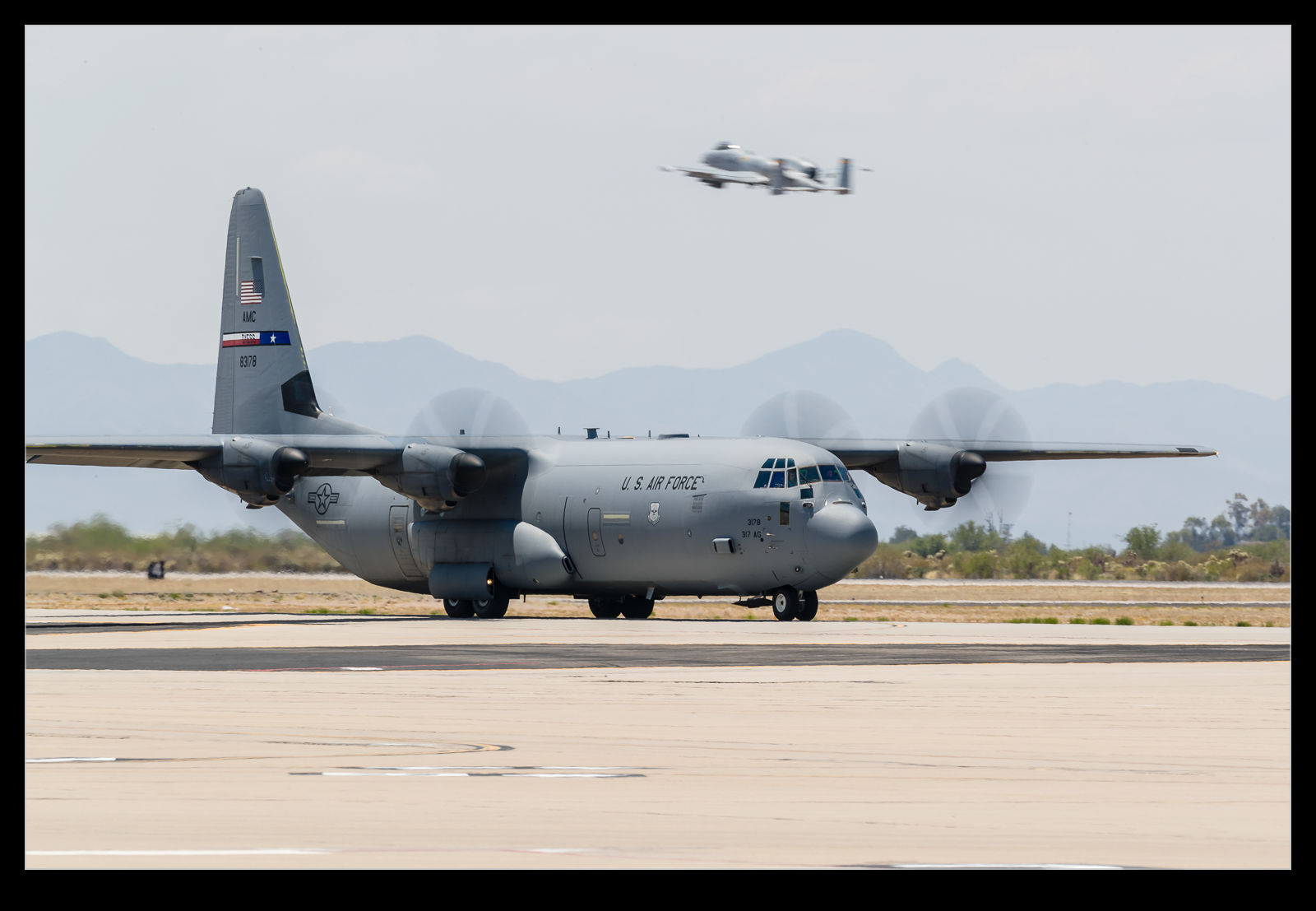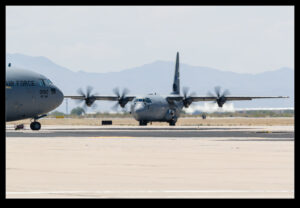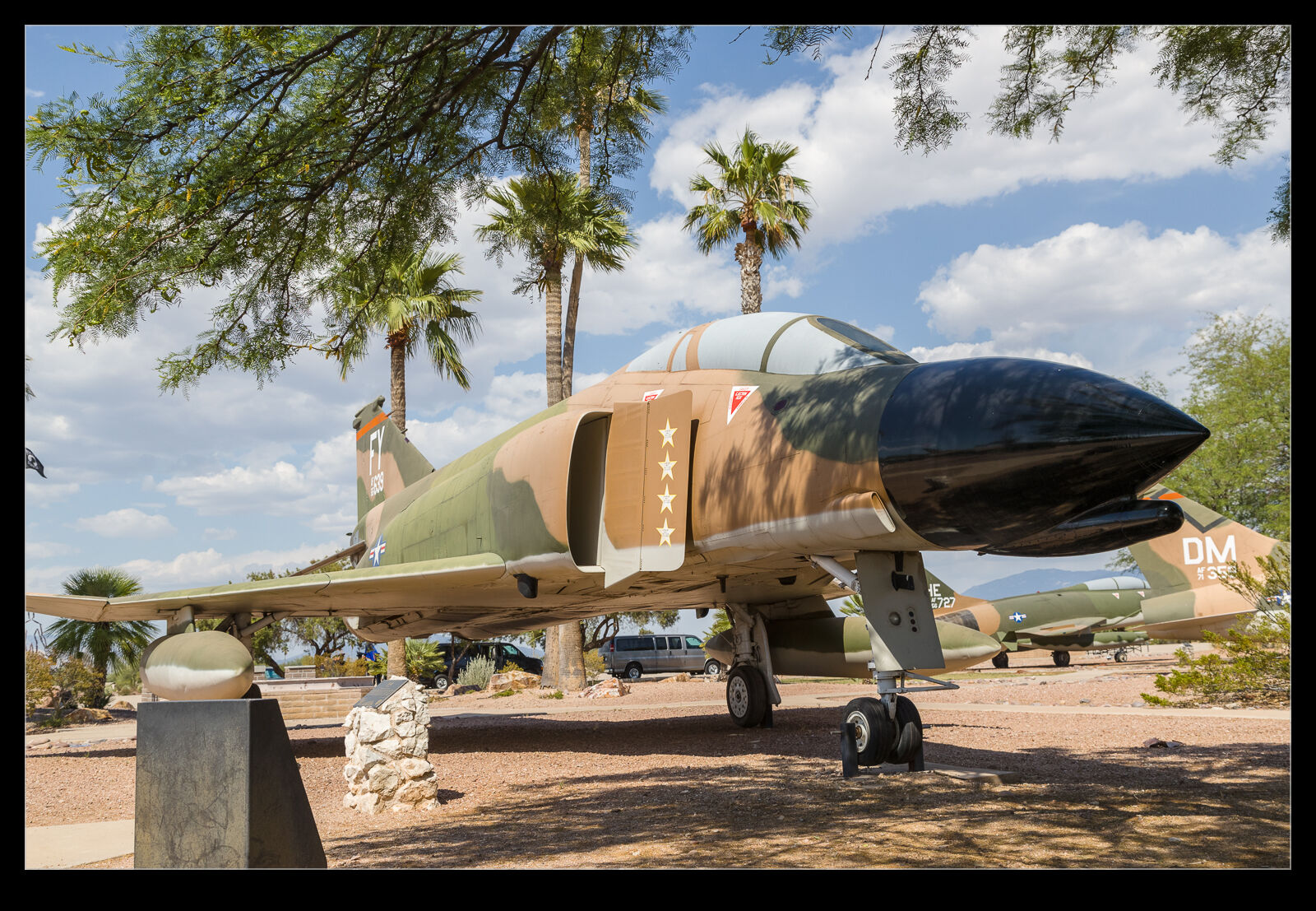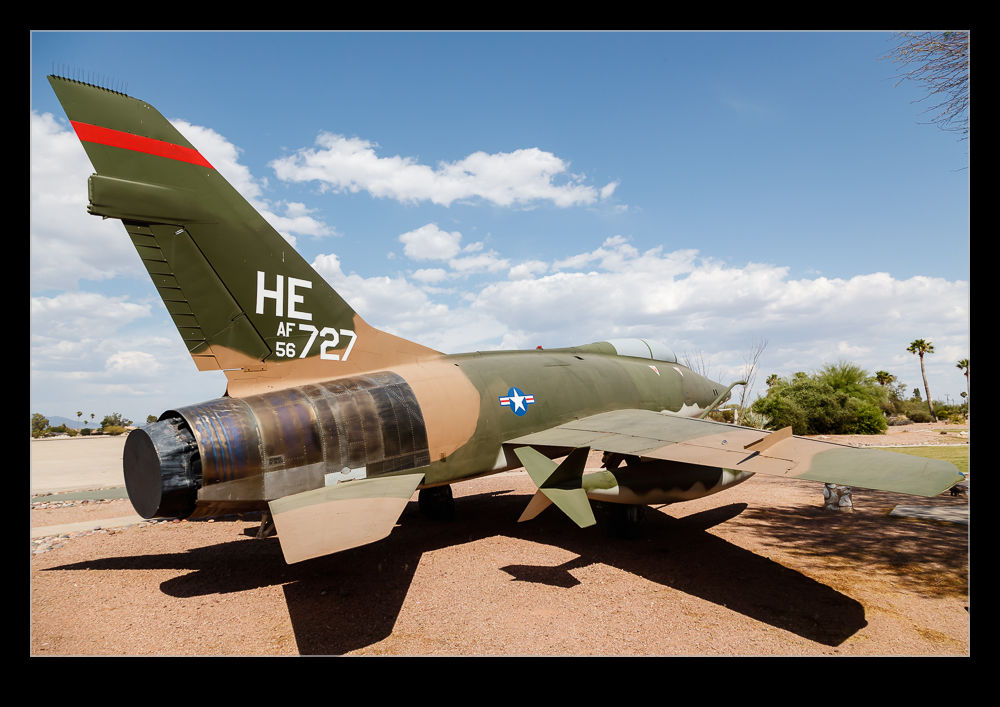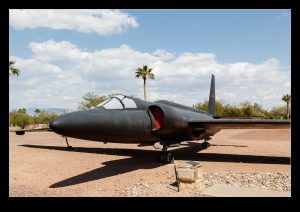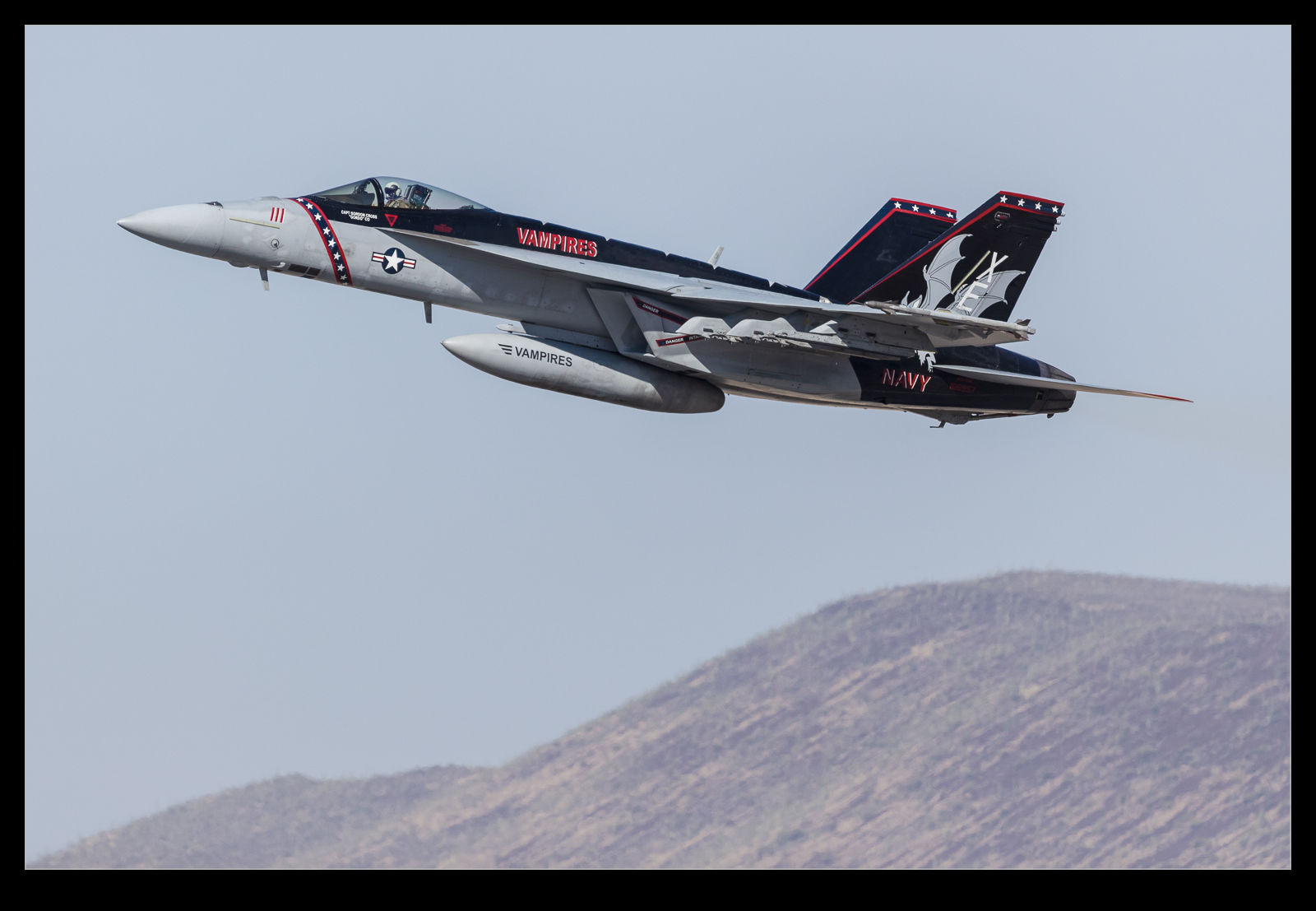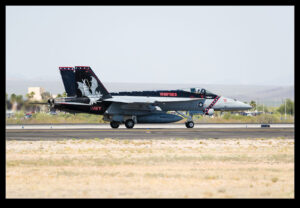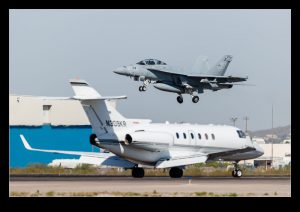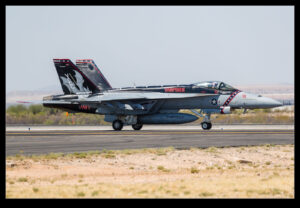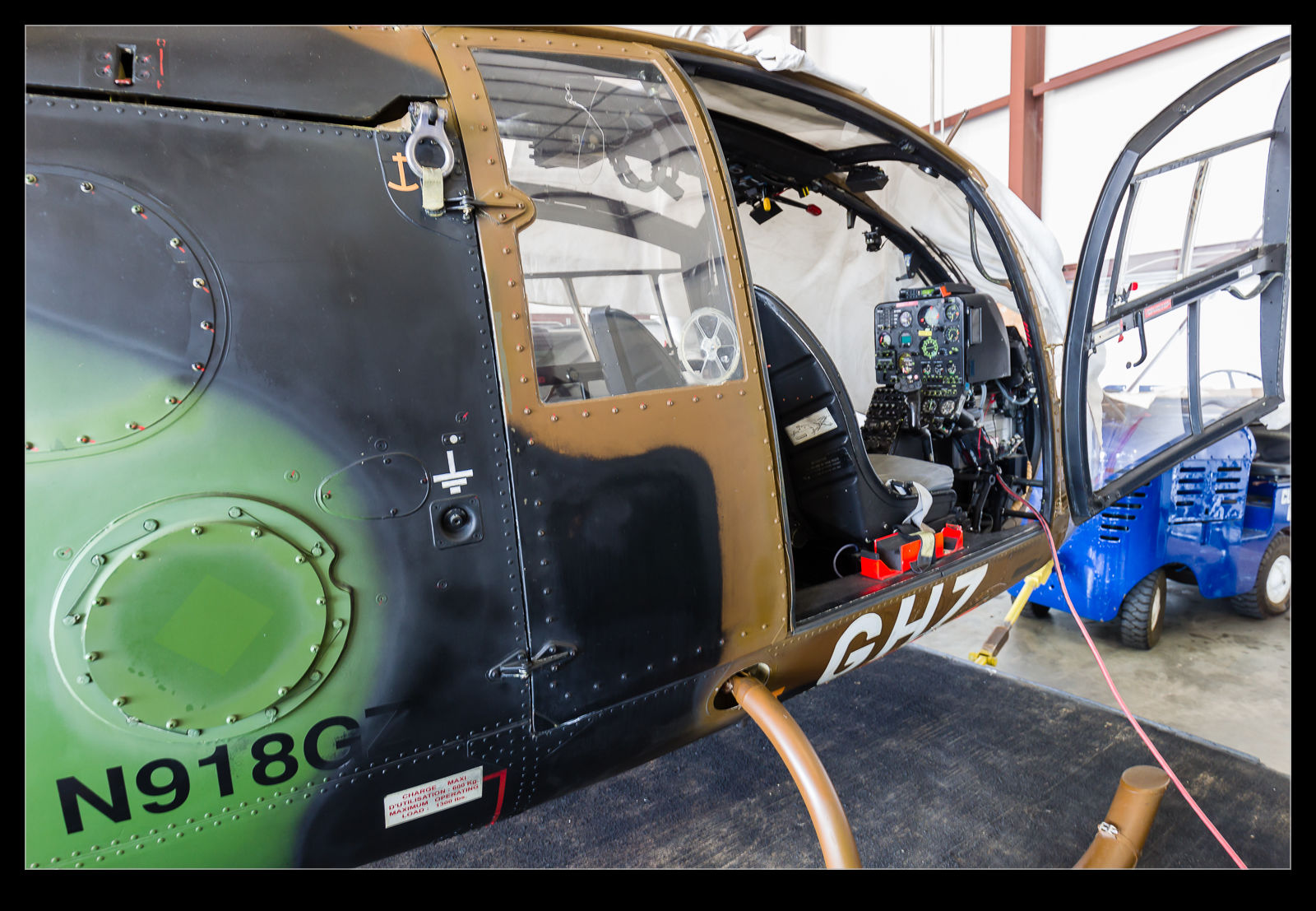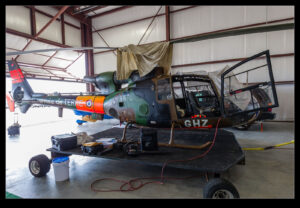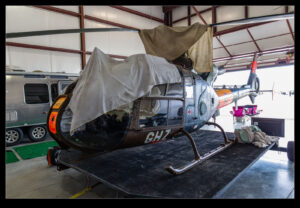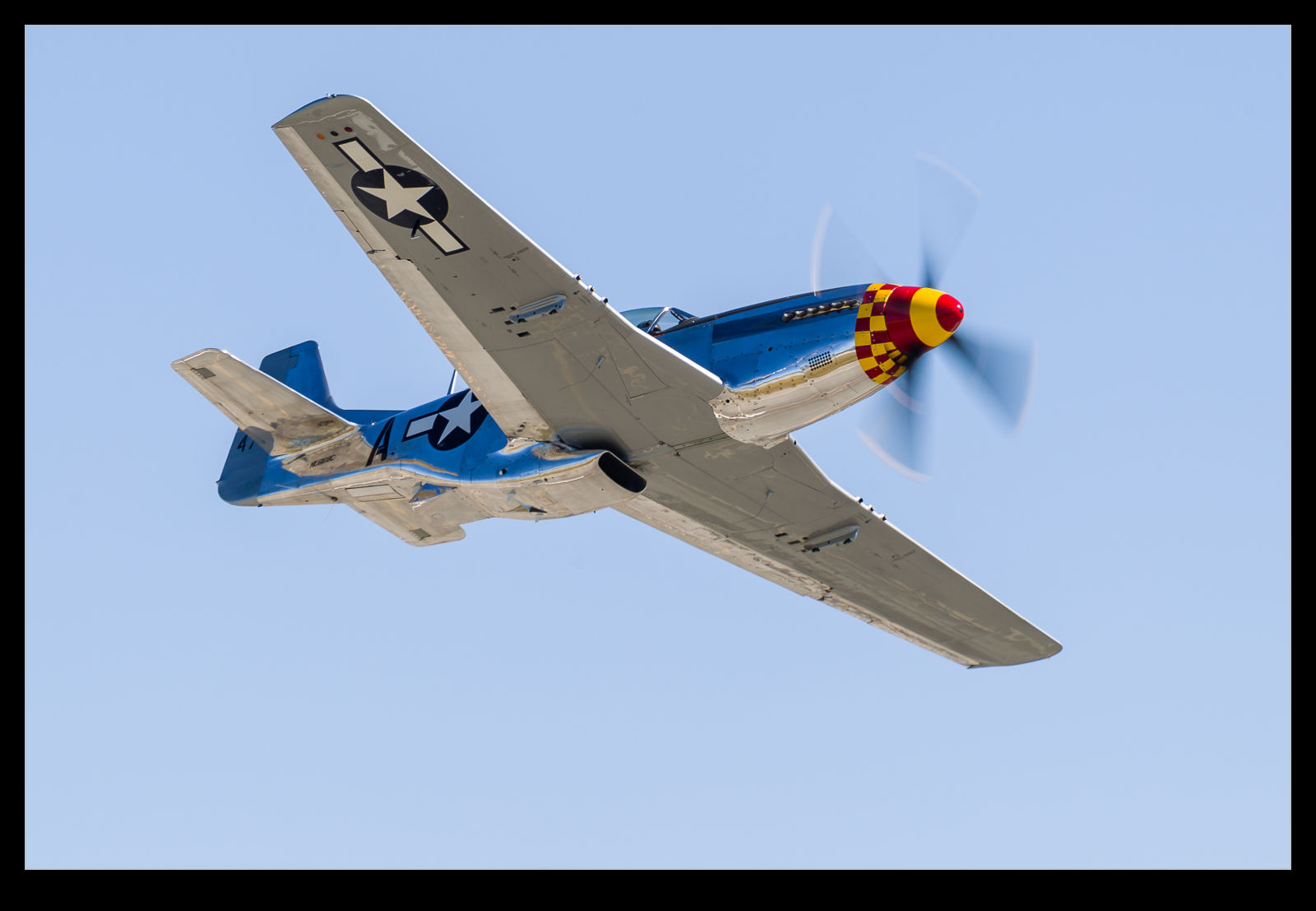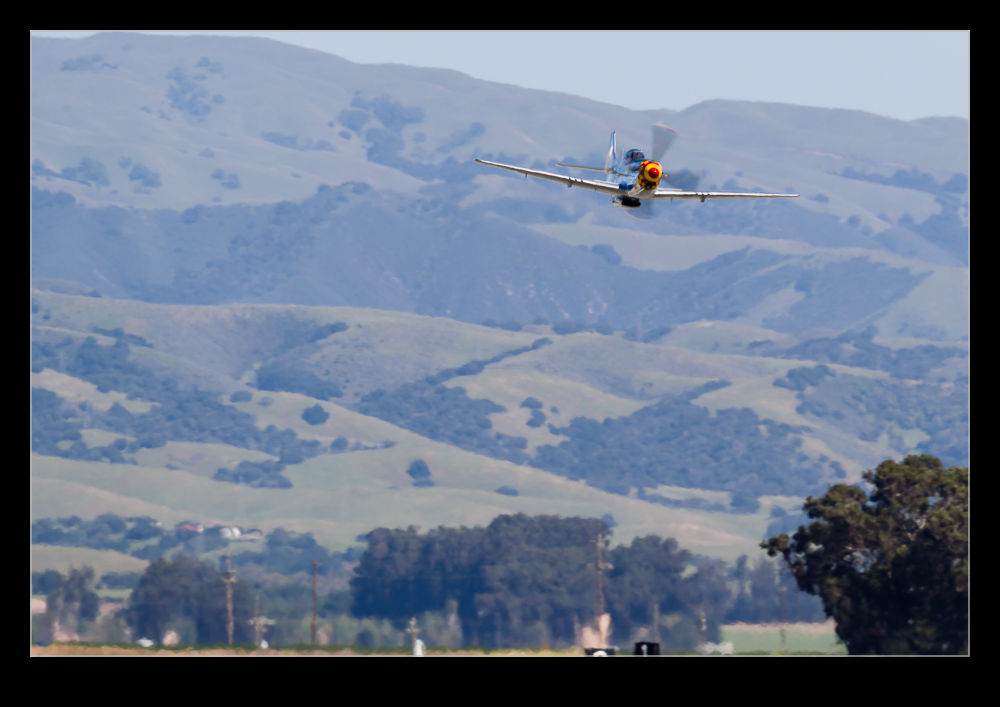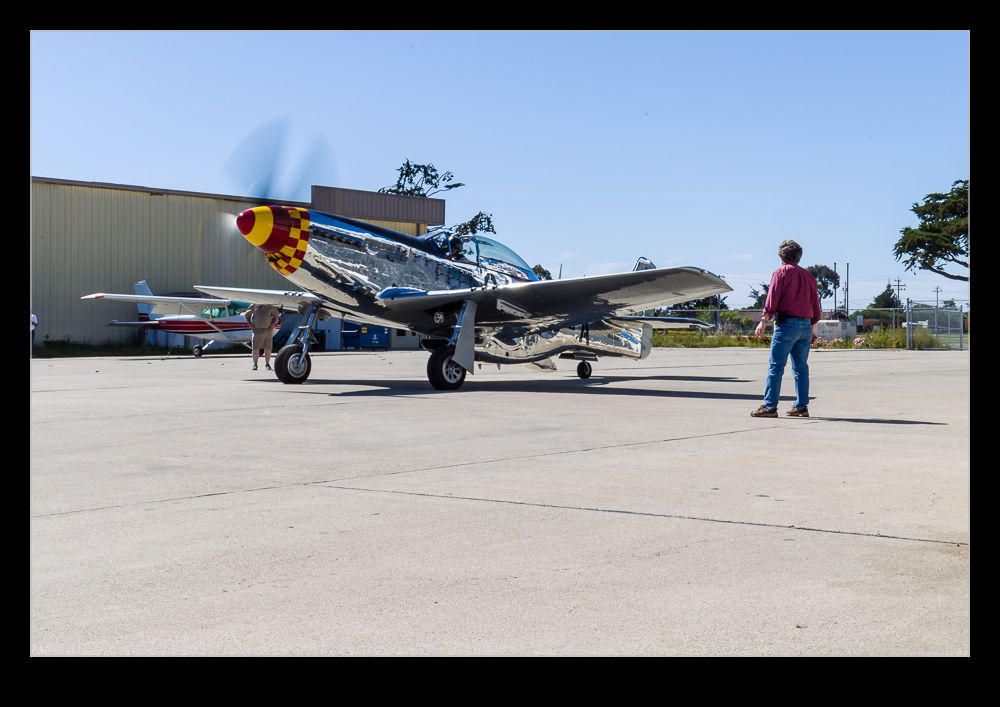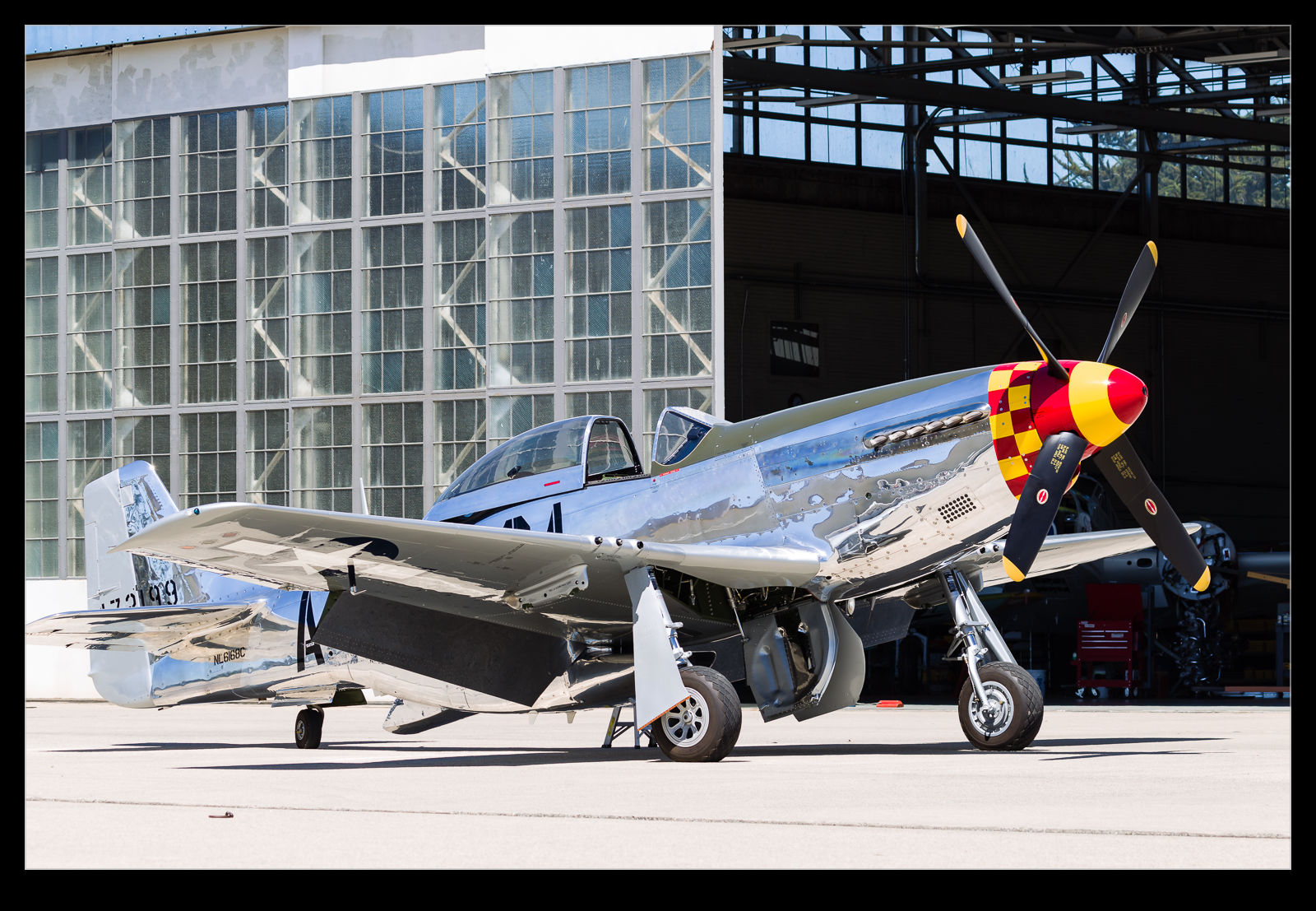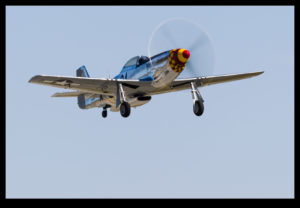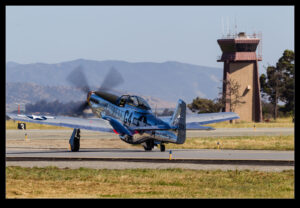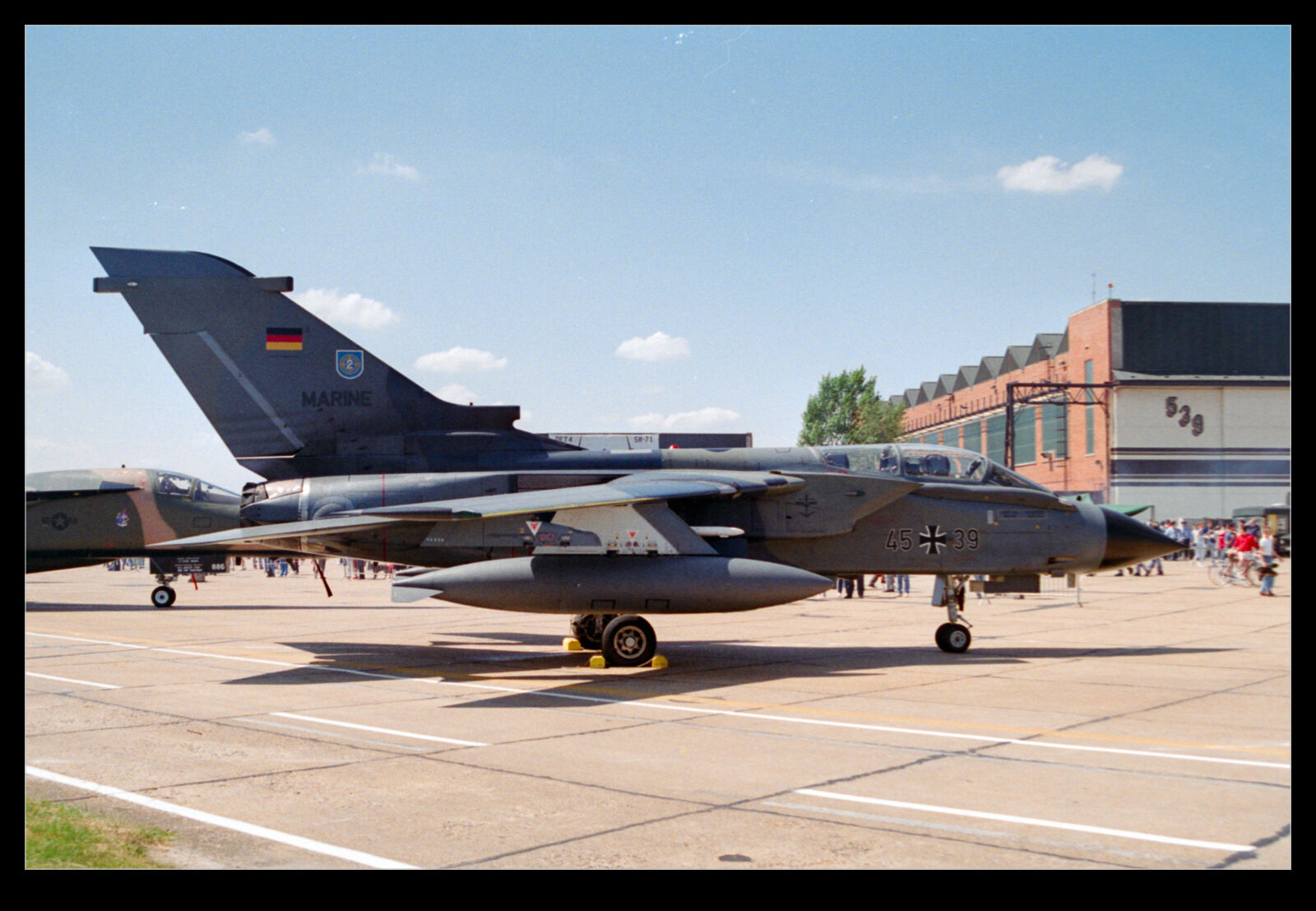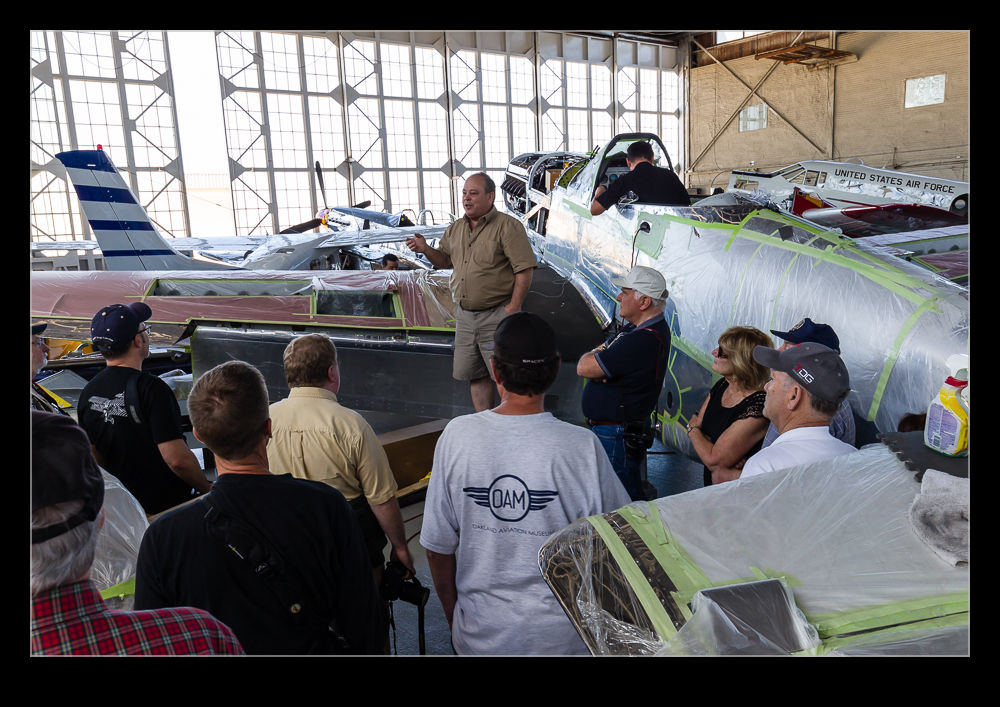 The Society of Aviation History organized a visit to Salinas to the facility of Airmotive Specialties. Owned and run by Dave Teeters, Aviation Specialties provides a number of services but the thing that brings them most attention is the restoration of warbirds with a strong focus on P-51 Mustangs. During our visit, there were seven Mustangs in the hangar in various states of restoration. There were some other types too as well as some more commonplace types undergoing maintenance.
The Society of Aviation History organized a visit to Salinas to the facility of Airmotive Specialties. Owned and run by Dave Teeters, Aviation Specialties provides a number of services but the thing that brings them most attention is the restoration of warbirds with a strong focus on P-51 Mustangs. During our visit, there were seven Mustangs in the hangar in various states of restoration. There were some other types too as well as some more commonplace types undergoing maintenance.
 Dave has spent his life in this business having started working for his Dad before setting up on his own. He supplies parts to his Dad’s business and vice versa as they both operate in the same field. Dave has really committed to the processes and capabilities needed to restore these vintage aircraft. His team is one that he has trained and many of his staff have been with him for years. He has also invested in technology. So many parts for these aircraft are hand crafted but Dave has acquired numerically controlled machines to assist in producing a large number of components. These machines are also capable of digitizing the outline of existing components to allow him to reproduce them as needed.
Dave has spent his life in this business having started working for his Dad before setting up on his own. He supplies parts to his Dad’s business and vice versa as they both operate in the same field. Dave has really committed to the processes and capabilities needed to restore these vintage aircraft. His team is one that he has trained and many of his staff have been with him for years. He has also invested in technology. So many parts for these aircraft are hand crafted but Dave has acquired numerically controlled machines to assist in producing a large number of components. These machines are also capable of digitizing the outline of existing components to allow him to reproduce them as needed.
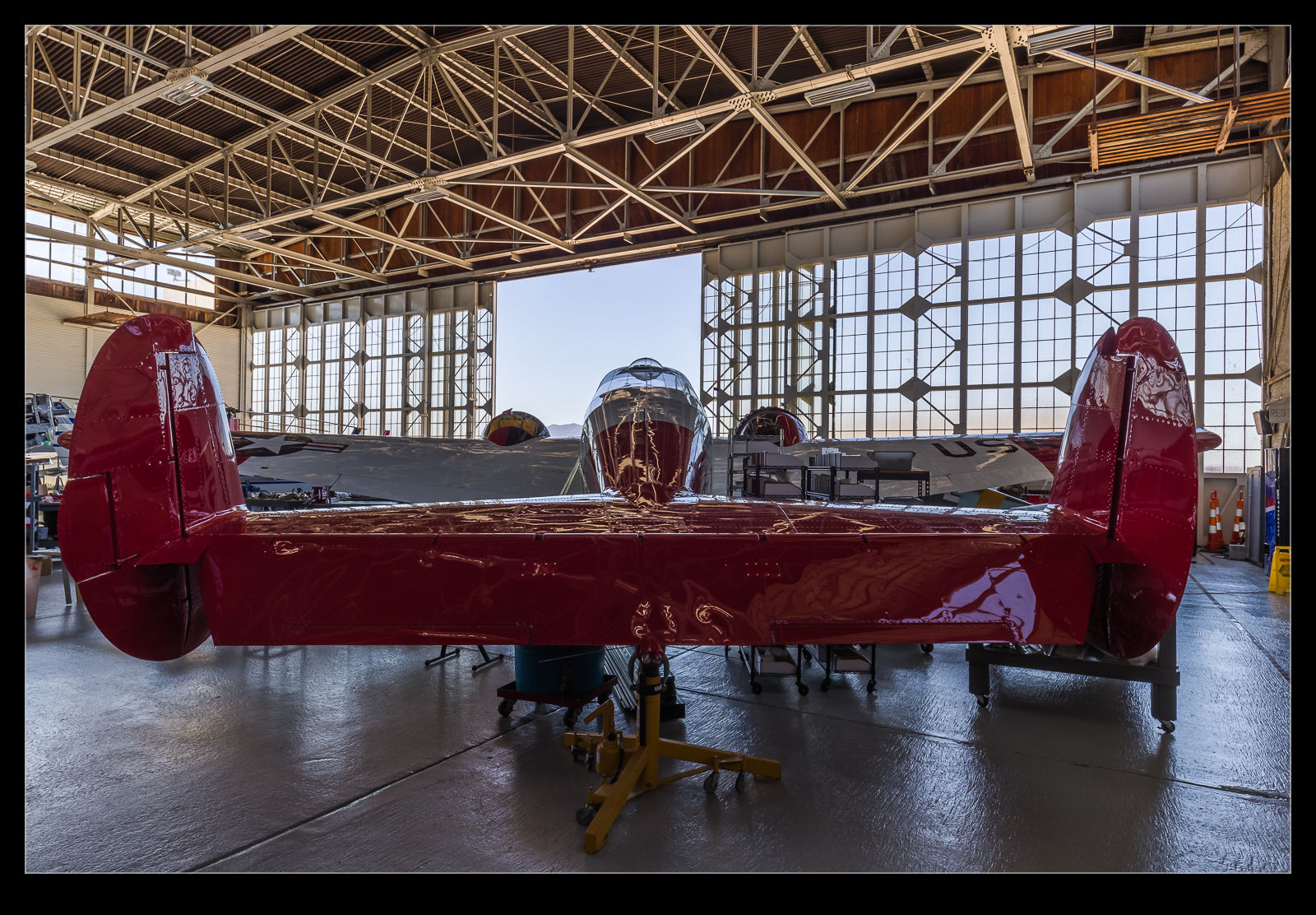 The investment in these machines is substantial but the pay off comes in how quickly he can produce replacement parts once the process is done. Hand crafting these parts is an intensive business and, when sufficient are needed, the business case is straightforward. Even so, there are still many pieces that require the hand skills that are in short supply and are becoming rarer. Dave maintains capabilities with many old tools and techniques in order to make sure that they can always provide what the customers need.
The investment in these machines is substantial but the pay off comes in how quickly he can produce replacement parts once the process is done. Hand crafting these parts is an intensive business and, when sufficient are needed, the business case is straightforward. Even so, there are still many pieces that require the hand skills that are in short supply and are becoming rarer. Dave maintains capabilities with many old tools and techniques in order to make sure that they can always provide what the customers need.
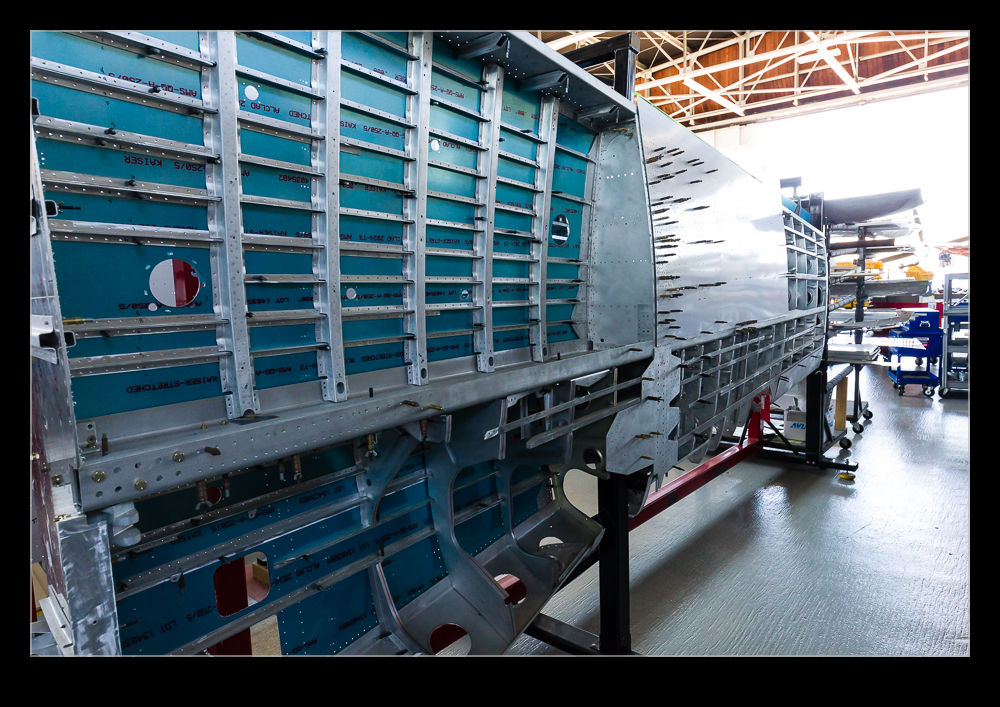 The hangar was full of interesting projects in various states. Some were disassembled completely with rework on fuselages and wings plus various subassemblies. Others were fully complete and were just in for ongoing maintenance. A great looking Beech 18 was at the front of the hangar along with a P-51 due to be picked up by its owner. A couple of Robinson R44s were also parked in with a JetRanger – one of the R44s flew off later in the day.
The hangar was full of interesting projects in various states. Some were disassembled completely with rework on fuselages and wings plus various subassemblies. Others were fully complete and were just in for ongoing maintenance. A great looking Beech 18 was at the front of the hangar along with a P-51 due to be picked up by its owner. A couple of Robinson R44s were also parked in with a JetRanger – one of the R44s flew off later in the day.
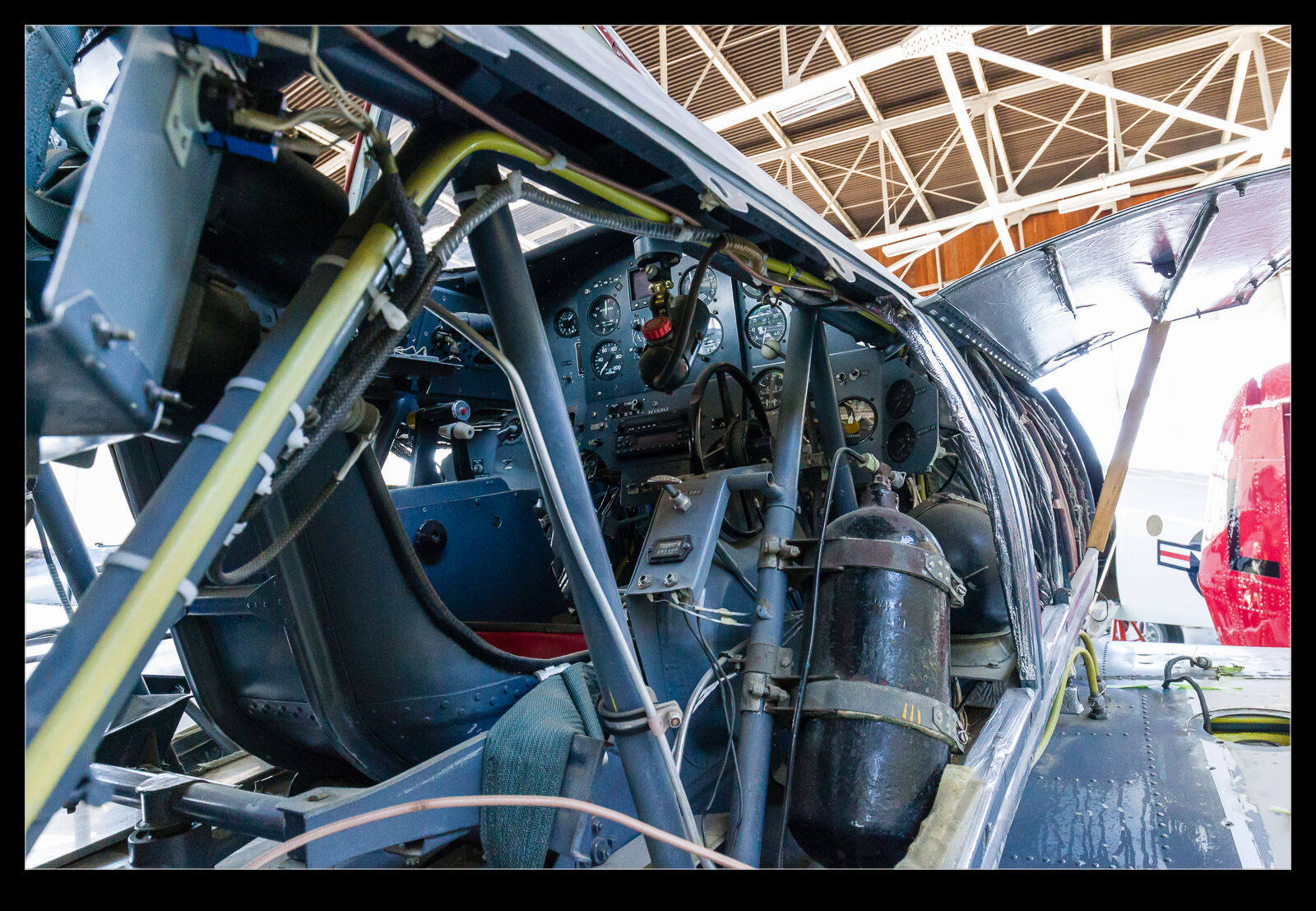 Dave provided great access to our visit and was exceedingly generous with his time. He explained exactly how they work and answered any questions the group had for him. The hangar has some nice facilities for customers but, while they were very comfortable, the contents of the working area were of most interest to us and Dave gave us freedom to wander as we wished. It was a great time. Many thanks Dave.
Dave provided great access to our visit and was exceedingly generous with his time. He explained exactly how they work and answered any questions the group had for him. The hangar has some nice facilities for customers but, while they were very comfortable, the contents of the working area were of most interest to us and Dave gave us freedom to wander as we wished. It was a great time. Many thanks Dave.
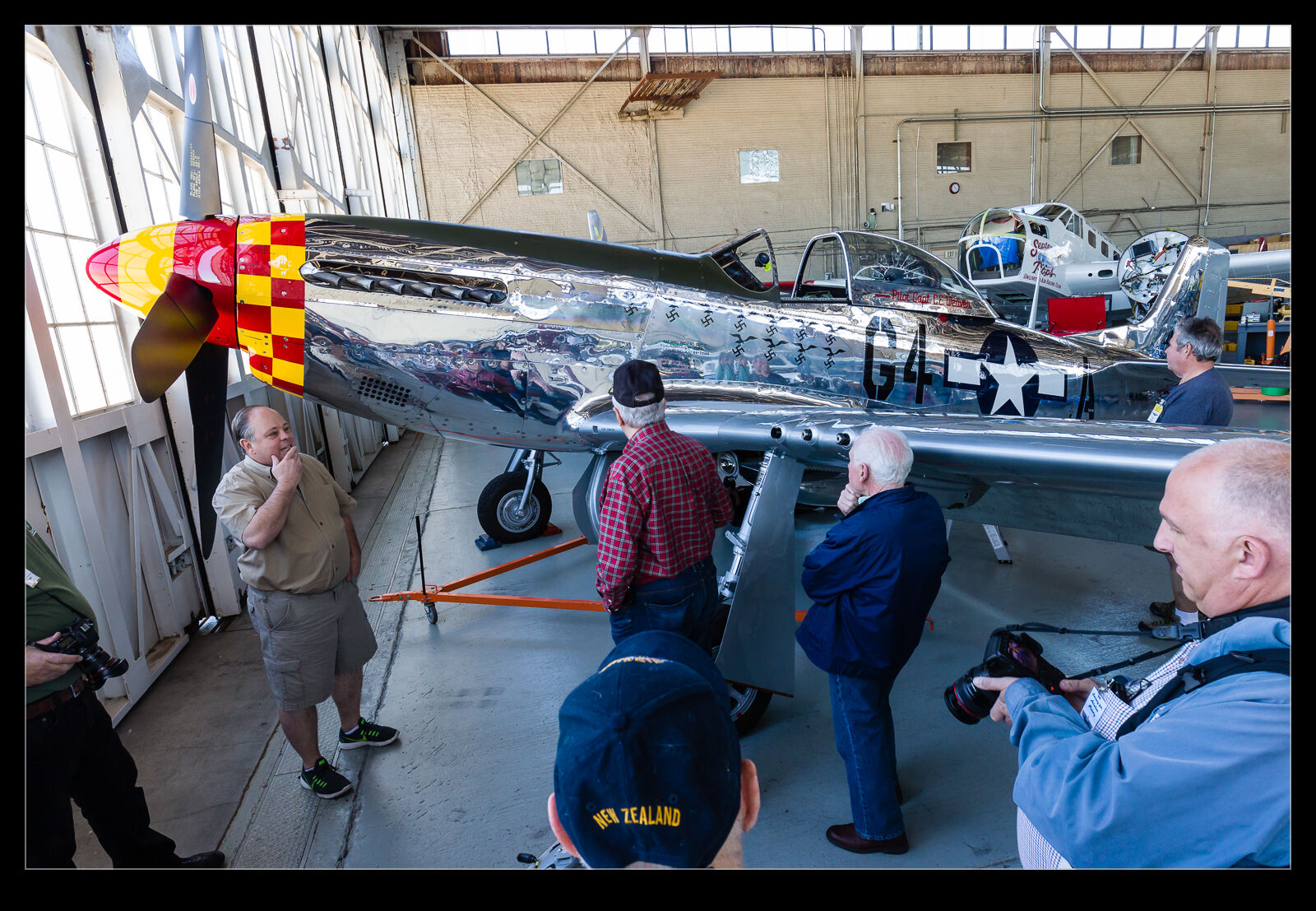

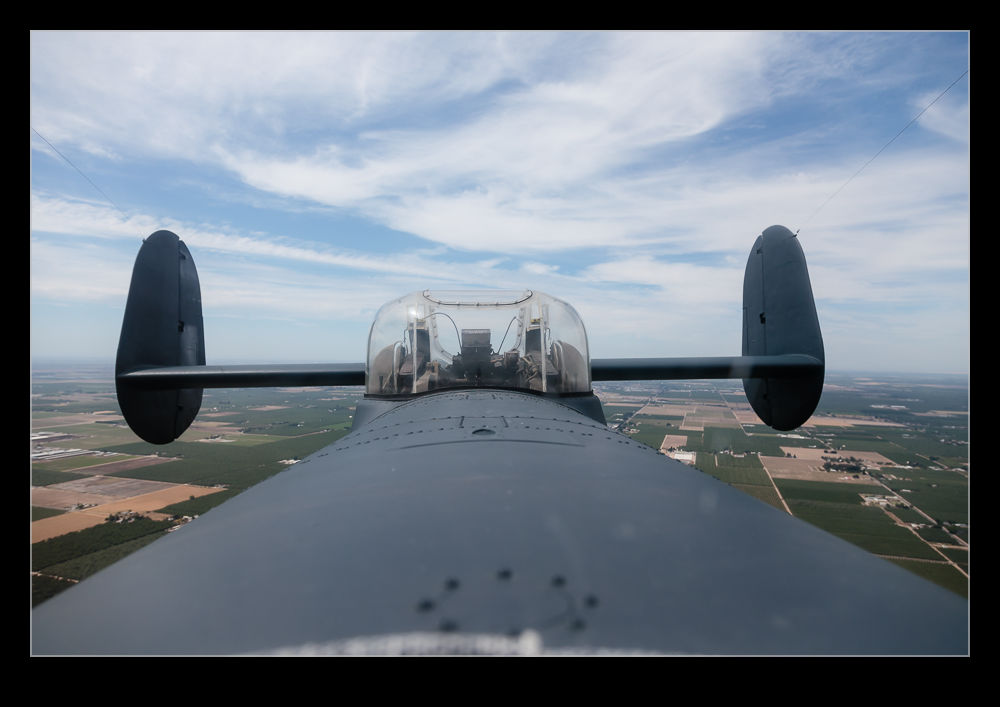 I had a really fun experience recently. I was given the chance to head down to a fly-in in one of the participating aircraft. The aircraft was a Lockheed PV-2 Harpoon. Beautifully restored, this aircraft was piloted by Taigh Raimey. Taigh works with a variety of aircraft including a lot of Beech 18s but the Harpoon is a great aircraft to fly in. Inside it is extensively restored so a lot of the original equipment is included. Consequently, it is a little cramped in there and you have to be careful as you move through the airframe.
I had a really fun experience recently. I was given the chance to head down to a fly-in in one of the participating aircraft. The aircraft was a Lockheed PV-2 Harpoon. Beautifully restored, this aircraft was piloted by Taigh Raimey. Taigh works with a variety of aircraft including a lot of Beech 18s but the Harpoon is a great aircraft to fly in. Inside it is extensively restored so a lot of the original equipment is included. Consequently, it is a little cramped in there and you have to be careful as you move through the airframe.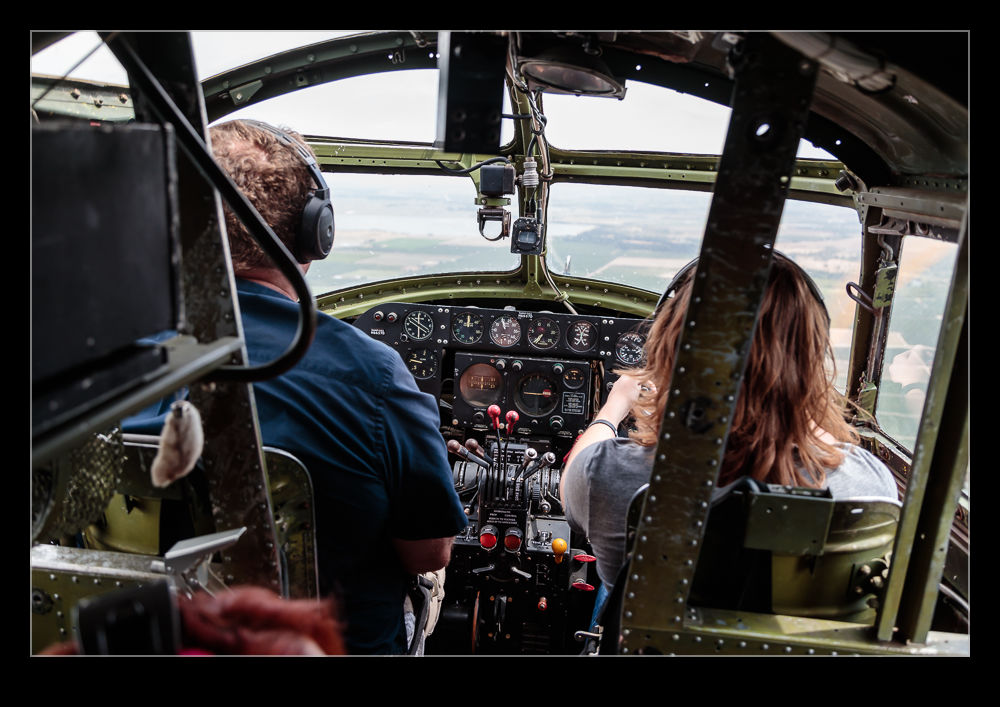 There are two places inside that are worth spending some time. In the middle of the fuselage is an astrodome. This is certainly a great place to watch what is going on. You can look freely in any direction. I was up there when we arrived at Eagle Field and got a good view of our flyby. However, my favorite spot was the rear of the fuselage. It is extensively glazed and you can lie on your stomach and watch the world pass behind and below you. That will get a post of its own.
There are two places inside that are worth spending some time. In the middle of the fuselage is an astrodome. This is certainly a great place to watch what is going on. You can look freely in any direction. I was up there when we arrived at Eagle Field and got a good view of our flyby. However, my favorite spot was the rear of the fuselage. It is extensively glazed and you can lie on your stomach and watch the world pass behind and below you. That will get a post of its own.